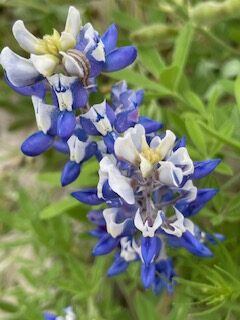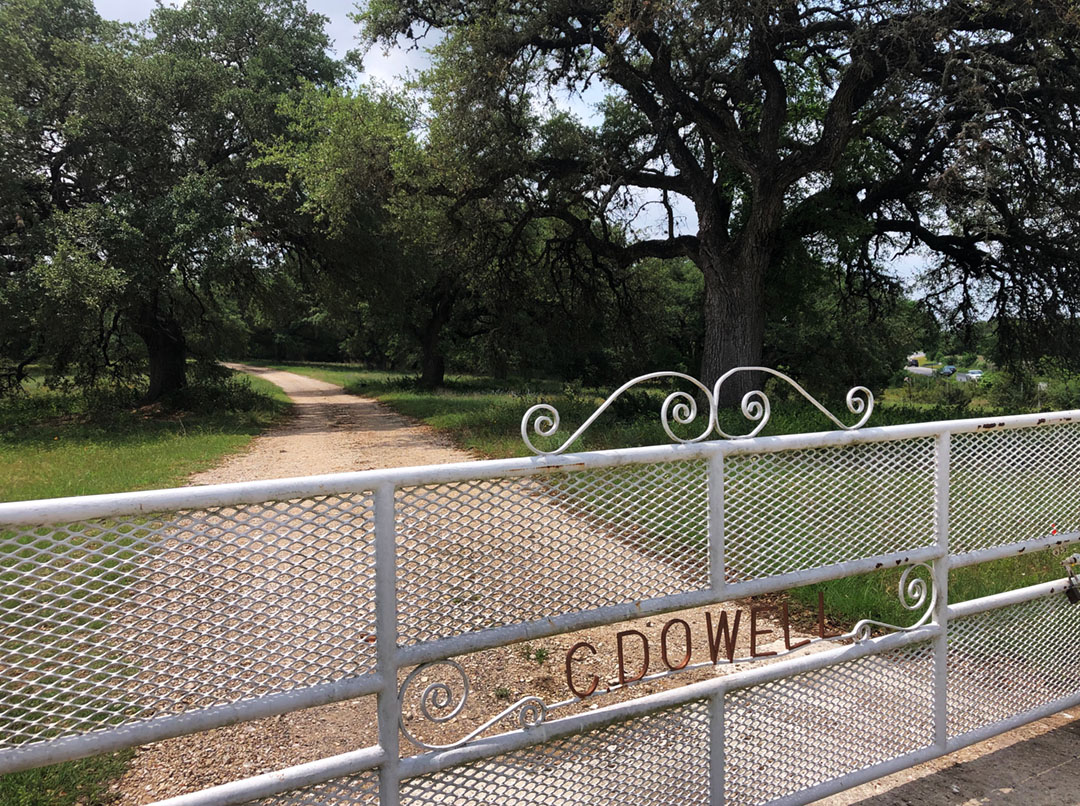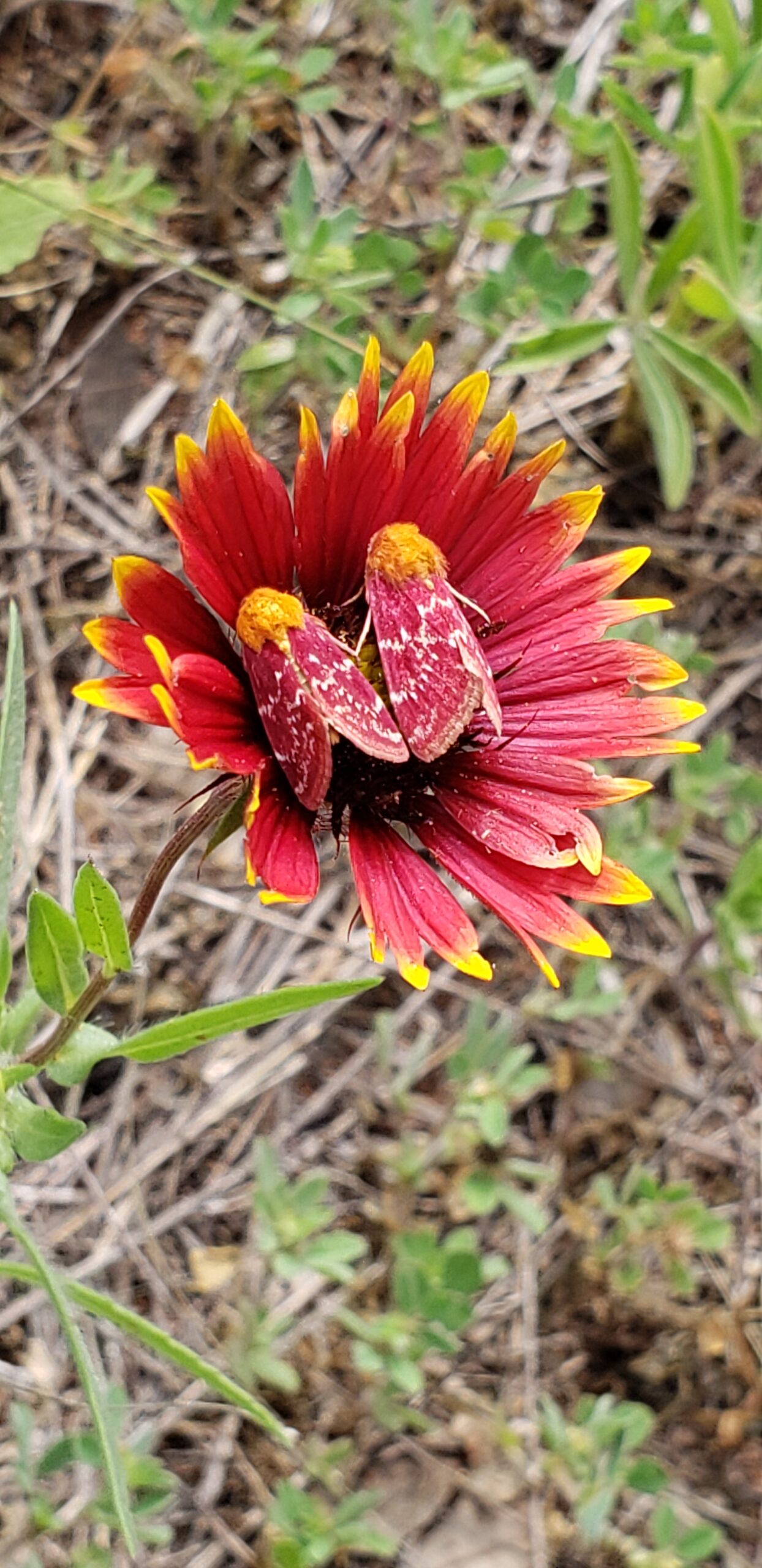
Volunteer Appreciation Letter from our Chapter President
In Honor of National Volunteer Week, please accept the following: I am writing to extend a huge thank you to all of our volunteers who make the programs and events

In Honor of National Volunteer Week, please accept the following: I am writing to extend a huge thank you to all of our volunteers who make the programs and events

On Monday, March 27, 2023, U.S. Senators Mazie K. Hirono (D-HI) and Mike Braun (R-IN) introduced a bipartisan resolution designating April 2023 as “National Native Plant Month” and recognizing the

Deep in the Heart is a visually stunning celebration of Texas’ diverse landscapes and remarkable wildlife found nowhere else. Narrated by Matthew McConaughey, the film aims to conserve our remaining

After opening at 10:00 a.m., the plant sale sold out by 1:30! Thanks for coming by and enjoy your plants! If you missed us this spring, stay posted for more

We are excited to announce that the current version of the 2023 Spring Plant Sale plant list has been posted! It’s available on our Plant Sale page. Since it’s subject

You’re invited to enjoy the company of other native plant enthusiasts at a morning social. Bring questions about the native plants you have and the ones you’re dreaming of. We’ll

by Jackie O’Keefe We in the plant community have had unusual good fortune the past couple of months. The owner of a sizeable property gave permission for numerous groups to

Please join us for work days at Dowel Ranch every 2nd Saturday, from 9 AM – 11:30 AM. This link will take you the NPAT calendar, where you can register

We need help to enter content and upload photos. This is a compilation of the Native Landscape Certification Program (NLCP) class plant lists from NPSOT chapters all over Texas presented

Are you interested in taking a role in helping to keep our Chapter up and running? We currently have one Officer position, President-Elect, that needs to be filled. This position
State Office Address:
Native Plant Society of Texas
PO Box 3017
Fredericksburg, TX 78624
Become an important part of a statewide community with over 5,000 members, who are united in our mission to promote Texas native plants!
Native Plant Society of Texas is a 501(3)(c) nonprofit organization This website and all content Copyright © Native Plant Society of Texas. All rights reserved. Content may not be reprinted in whole or in part without written permission. Contact the Webmaster.